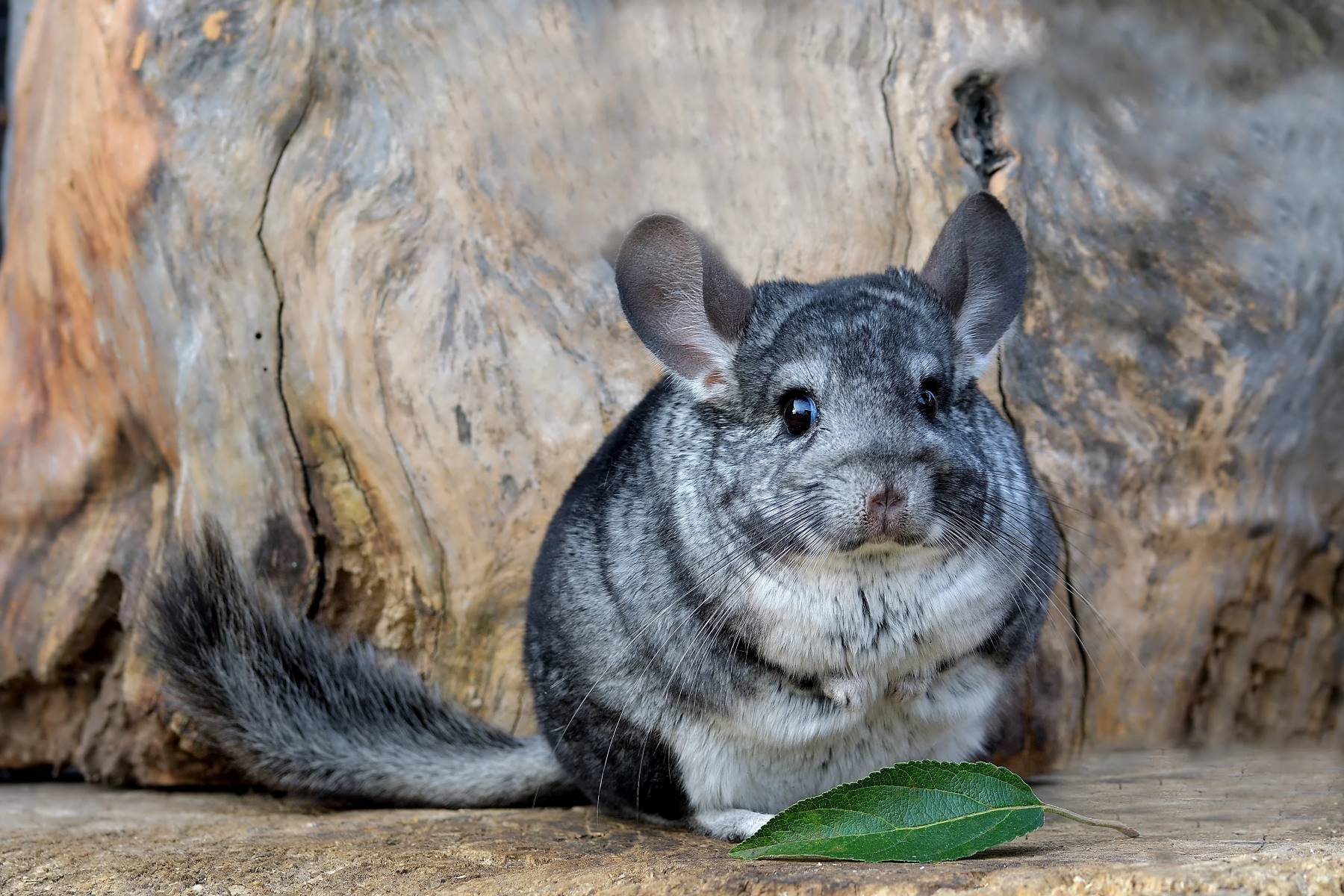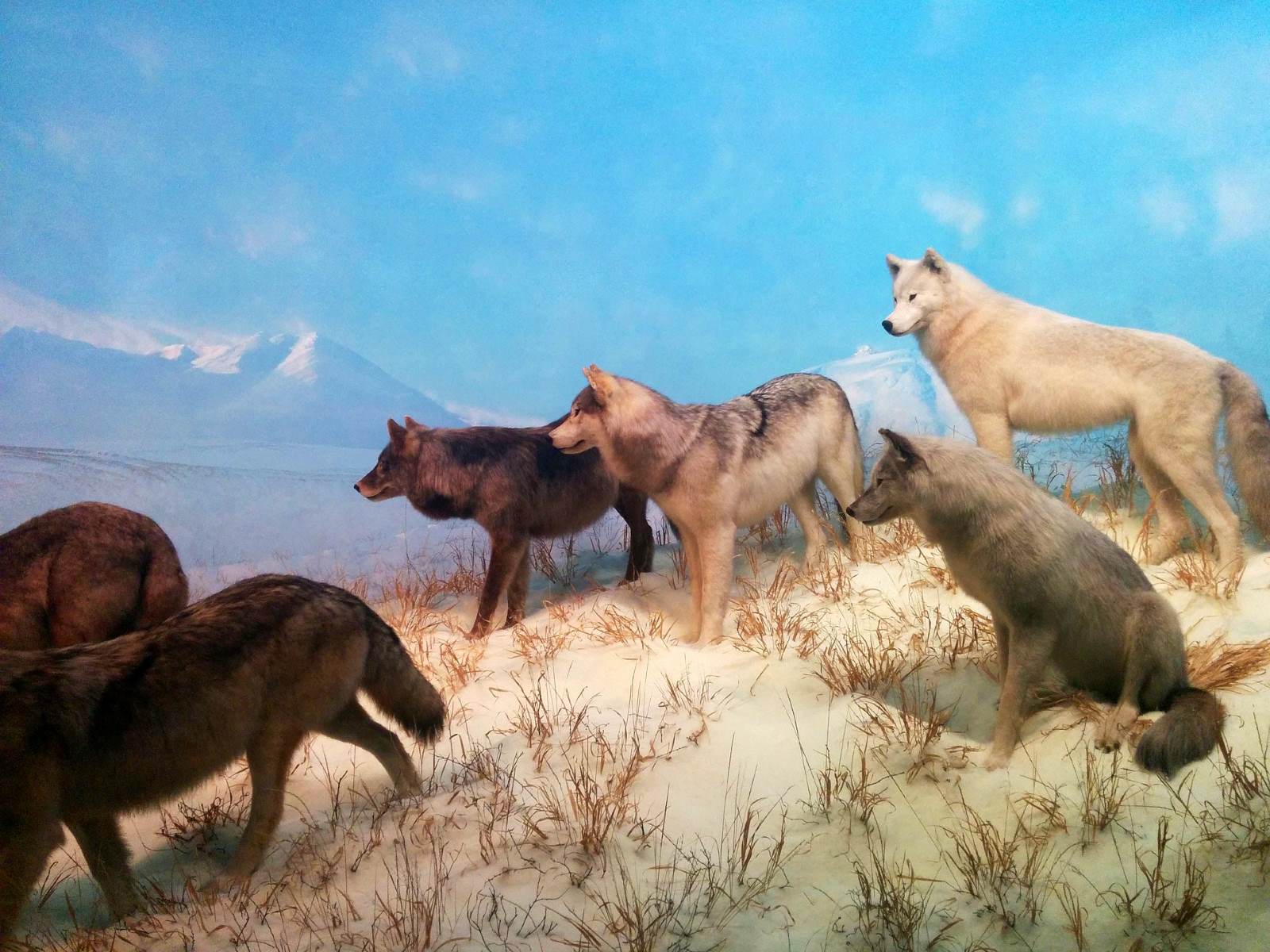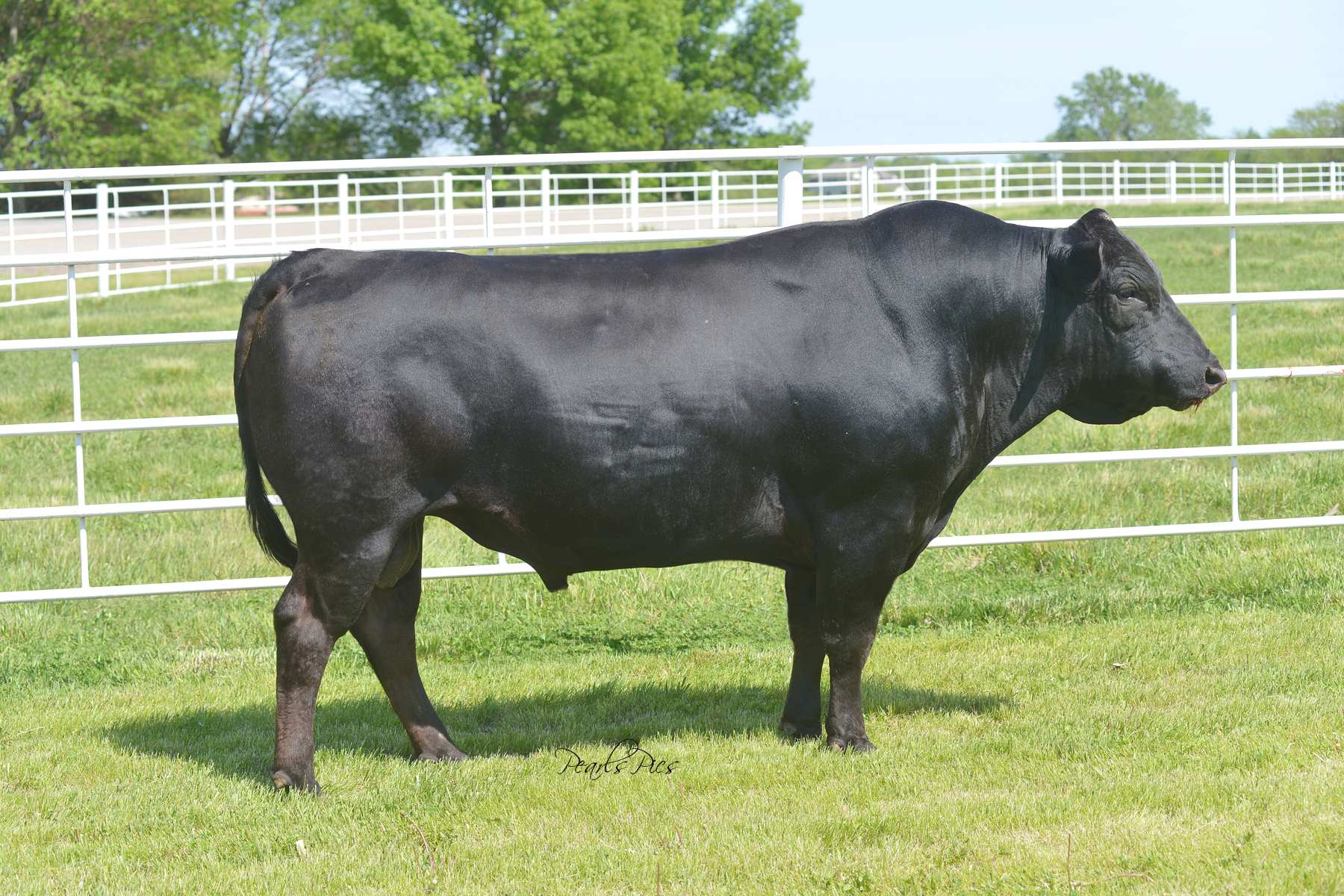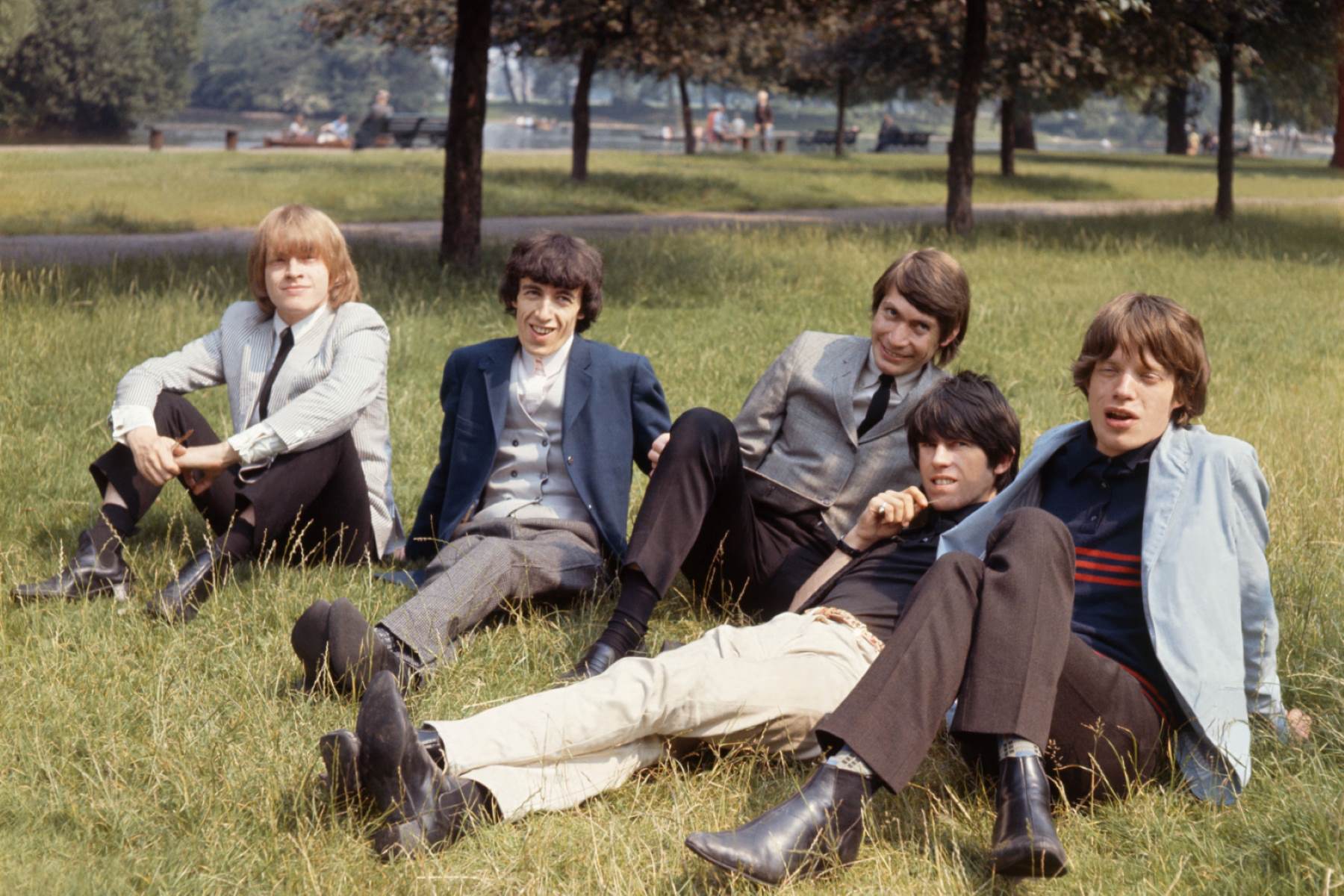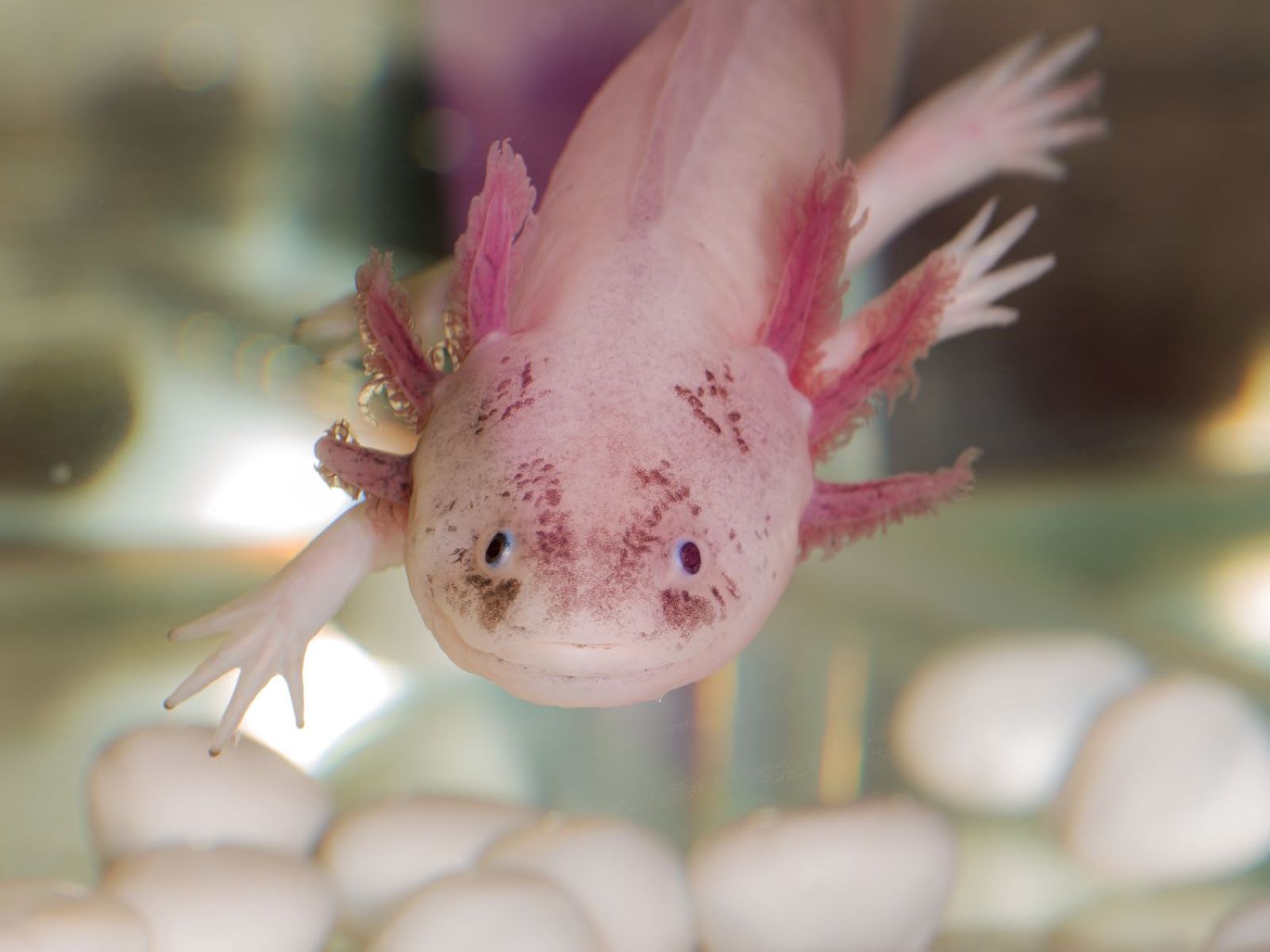Home>Pets & Animals>The Surprising Reason Cows Never Cross Cattle Guards
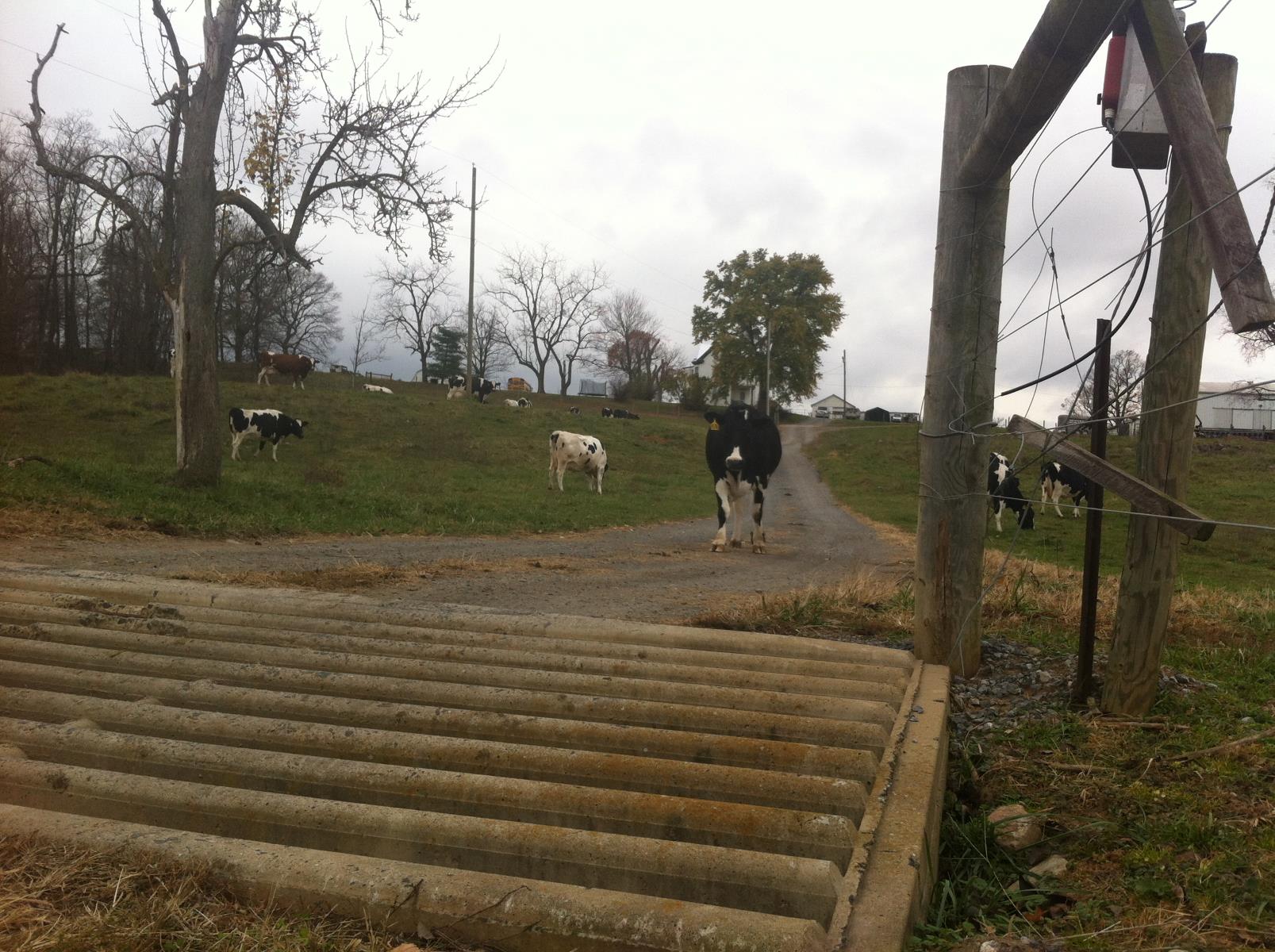

Pets & Animals
The Surprising Reason Cows Never Cross Cattle Guards
Published: January 21, 2024
Discover the fascinating reason why cows avoid crossing cattle guards. Explore the unique behaviors of these animals and learn more about pets and animals.
(Many of the links in this article redirect to a specific reviewed product. Your purchase of these products through affiliate links helps to generate commission for Regretless.com, at no extra cost. Learn more)
Table of Contents
Introduction
Cattle guards are a common sight in rural areas, often found at the entrances to ranches and farms. These seemingly simple metal grates spanning a roadway serve a crucial purpose: preventing livestock, particularly cows, from crossing over into prohibited areas. While the functionality of cattle guards may seem straightforward, the reasons behind why cows avoid crossing them are quite intriguing. In this article, we'll delve into the fascinating world of cattle guards and explore the surprising explanation for why cows never dare to cross them. From the science behind bovine behavior to the impact of cattle guard avoidance, we'll uncover the captivating details that shed light on this curious phenomenon. So, let's embark on this enlightening journey to unravel the mystery of why cows steadfastly refuse to cross cattle guards.
What Are Cattle Guards?
Cattle guards, also known as Texas gates or stock guards, are metal grates usually installed across roads or driveways, primarily in rural areas. These structures are designed to prevent livestock, particularly cattle, from crossing over into specific areas, such as highways, private properties, or cultivated fields. The typical design of a cattle guard consists of evenly spaced metal bars or pipes placed horizontally over a dugout pit in the ground. The gaps between the bars are wide enough to discourage animals from attempting to walk across them, as doing so could result in injury or discomfort.
The primary function of cattle guards is to serve as a psychological barrier for livestock. When cattle approach a cattle guard, they perceive the gaps between the bars as a potential hazard or obstacle. This perception deters them from attempting to cross over, effectively preventing them from accessing restricted areas without the need for physical barriers such as gates or fences. Cattle guards are especially beneficial in areas where traditional fencing may be impractical or where frequent opening and closing of gates is not feasible.
In addition to their practical function, cattle guards also offer convenience for human traffic. Unlike gates that require manual opening and closing, cattle guards allow vehicles to pass through unimpeded while effectively deterring livestock from following. This feature is particularly advantageous for ranchers, farmers, and landowners who need to traverse their properties frequently without the hassle of constantly opening and closing gates.
Overall, cattle guards are a simple yet ingenious solution for controlling the movement of livestock, particularly cattle, in rural environments. Their effectiveness in preventing animals from crossing over while facilitating the passage of vehicles underscores their practicality and efficiency in agricultural and rural settings.
The Reason Cows Avoid Cattle Guards
Cows instinctively avoid crossing cattle guards due to a combination of visual perception and depth illusion. When approaching a cattle guard, cows perceive the gaps between the bars as a potential hazard. The visual appearance of the gaps creates an illusion of depth, leading the cows to interpret the cattle guard as a risky and potentially treacherous passage. This visual illusion triggers a natural aversion in cows, causing them to halt at the sight of the cattle guard and refrain from attempting to cross it.
Furthermore, the combination of the visual perception of depth and the tactile sensation experienced when cows step onto the metal bars reinforces their aversion. As cows step onto the bars, they feel the gaps between them, which further convinces them of the potential danger inherent in crossing the cattle guard. This tactile feedback, coupled with their visual perception, solidifies the cows' decision to avoid traversing the cattle guard.
In essence, the reason cows avoid cattle guards can be attributed to their instinctive response to visual and tactile stimuli. The combination of the perceived depth created by the gaps between the bars and the tactile sensation of the metal bars underfoot triggers a natural aversion in cows, effectively deterring them from attempting to cross the cattle guard.
This innate aversion serves as a testament to the remarkable sensitivity and perceptiveness of cows, highlighting their ability to assess and respond to environmental cues. The instinctual avoidance of cattle guards by cows underscores the intricate interplay between animal behavior and environmental stimuli, offering a fascinating glimpse into the cognitive processes of these remarkable creatures.
The Science Behind Cattle Guard Avoidance
The fascinating phenomenon of cattle guard avoidance by cows can be elucidated through the lens of behavioral science and visual perception. When cows approach a cattle guard, their visual perception plays a pivotal role in shaping their response. The gaps between the bars of the cattle guard create a visual illusion of depth, leading the cows to perceive the structure as a potentially hazardous passage. This visual perception triggers a natural aversion in cows, compelling them to halt and refrain from attempting to cross the cattle guard.
The visual illusion of depth is a fundamental aspect of cattle guard avoidance. Cows, like many other animals, rely on visual cues to assess their surroundings and make decisions. The perceived depth created by the gaps between the bars triggers a cautious response in cows, as they interpret the cattle guard as a potentially risky terrain to navigate. This instinctual aversion, rooted in visual perception, reflects the adaptive nature of bovine behavior and their ability to assess environmental cues to ensure their safety.
In addition to visual perception, the tactile sensation experienced by cows when they step onto the metal bars of the cattle guard further reinforces their aversion. As cows navigate the cattle guard, the tactile feedback from the metal bars underfoot serves as a compelling deterrent, amplifying their instinctual reluctance to cross the structure. This tactile reinforcement, in conjunction with visual perception, solidifies the cows' decision to avoid traversing the cattle guard.
The science behind cattle guard avoidance underscores the intricate interplay between sensory perception and behavioral responses in cows. Their ability to process visual and tactile stimuli to make informed decisions about their environment reflects the remarkable cognitive processes at play. This innate aversion to cattle guards serves as a testament to the sensitivity and perceptiveness of cows, shedding light on the complex interplay between animal behavior and environmental stimuli.
By delving into the science behind cattle guard avoidance, we gain valuable insights into the cognitive mechanisms that shape bovine behavior. The interplay of visual perception and tactile feedback offers a compelling perspective on the innate aversion of cows to cattle guards, highlighting the remarkable intricacies of their behavioral responses in the face of environmental stimuli.
The Impact of Cattle Guard Avoidance
The phenomenon of cattle guard avoidance by cows carries significant implications for agricultural and rural landscapes. By steadfastly refusing to cross cattle guards, cows inadvertently contribute to the preservation of natural habitats, cultivated fields, and road safety.
One of the primary impacts of cattle guard avoidance is the protection of cultivated fields and agricultural areas. Cattle guards serve as an effective deterrent, preventing cows from encroaching on cultivated lands and potentially causing damage to crops. This natural aversion displayed by cows helps safeguard agricultural resources, ensuring the integrity of fields and pastures. As a result, farmers and landowners can maintain the productivity of their lands without the need for extensive fencing or physical barriers, thus reducing the risk of livestock-related crop damage.
Furthermore, cattle guard avoidance plays a pivotal role in preserving natural habitats and ecosystems. In rural areas where wildlife coexists with livestock, the aversion of cows to cattle guards helps maintain the integrity of natural habitats. By preventing cows from venturing into sensitive ecological areas, such as wetlands or wildlife reserves, cattle guards contribute to the conservation of diverse flora and fauna. This inadvertent protection of natural habitats underscores the ecological significance of cattle guard avoidance in mitigating human-livestock interactions within shared landscapes.
Moreover, the impact of cattle guard avoidance extends to road safety and transportation. Cows refraining from crossing cattle guards contribute to enhanced road safety by reducing the likelihood of livestock-related accidents. By effectively deterring cows from accessing highways and roadways, cattle guards help mitigate potential hazards for motorists, thereby promoting safer travel conditions. This indirect contribution to road safety underscores the broader implications of cattle guard avoidance in fostering secure transportation infrastructures in rural areas.
In essence, the impact of cattle guard avoidance by cows resonates across agricultural, ecological, and transportation domains, yielding tangible benefits for human activities and natural environments. The innate aversion of cows to cattle guards serves as a silent yet impactful mechanism for safeguarding cultivated lands, preserving natural habitats, and enhancing road safety. This remarkable phenomenon underscores the intricate interplay between bovine behavior and its far-reaching implications for agricultural practices, ecological conservation, and transportation infrastructure in rural landscapes.
Conclusion
The enigmatic behavior of cows steadfastly avoiding cattle guards unveils a captivating interplay of instinctual responses, sensory perception, and environmental cues. From the visual illusion of depth to the tactile reinforcement of aversion, the intricate mechanisms underlying cattle guard avoidance offer profound insights into bovine behavior and its broader implications.
The innate aversion of cows to cattle guards serves as a testament to their remarkable sensitivity and perceptiveness, reflecting their astute ability to assess and respond to environmental stimuli. This natural aversion not only safeguards cultivated fields and agricultural resources but also contributes to the preservation of natural habitats and ecosystems. By preventing cows from encroaching on sensitive ecological areas, cattle guard avoidance inadvertently supports the conservation of diverse flora and fauna within shared landscapes.
Moreover, the impact of cattle guard avoidance extends to the realm of road safety, where it contributes to mitigating potential hazards for motorists and enhancing secure transportation infrastructures in rural areas. This unassuming yet pivotal role in promoting road safety underscores the far-reaching implications of cattle guard avoidance for human activities and infrastructure development.
The science behind cattle guard avoidance unravels the complex cognitive processes at play, shedding light on the remarkable interplay between sensory perception and behavioral responses in cows. Their ability to process visual and tactile stimuli to make informed decisions about their environment underscores the intricate mechanisms that shape bovine behavior.
In essence, the phenomenon of cattle guard avoidance by cows transcends mere instinctual responses, encompassing profound implications for agricultural practices, ecological conservation, and transportation infrastructure. This captivating aspect of bovine behavior serves as a poignant reminder of the intricate relationship between animals and their environment, offering a compelling glimpse into the remarkable intricacies of the natural world.
